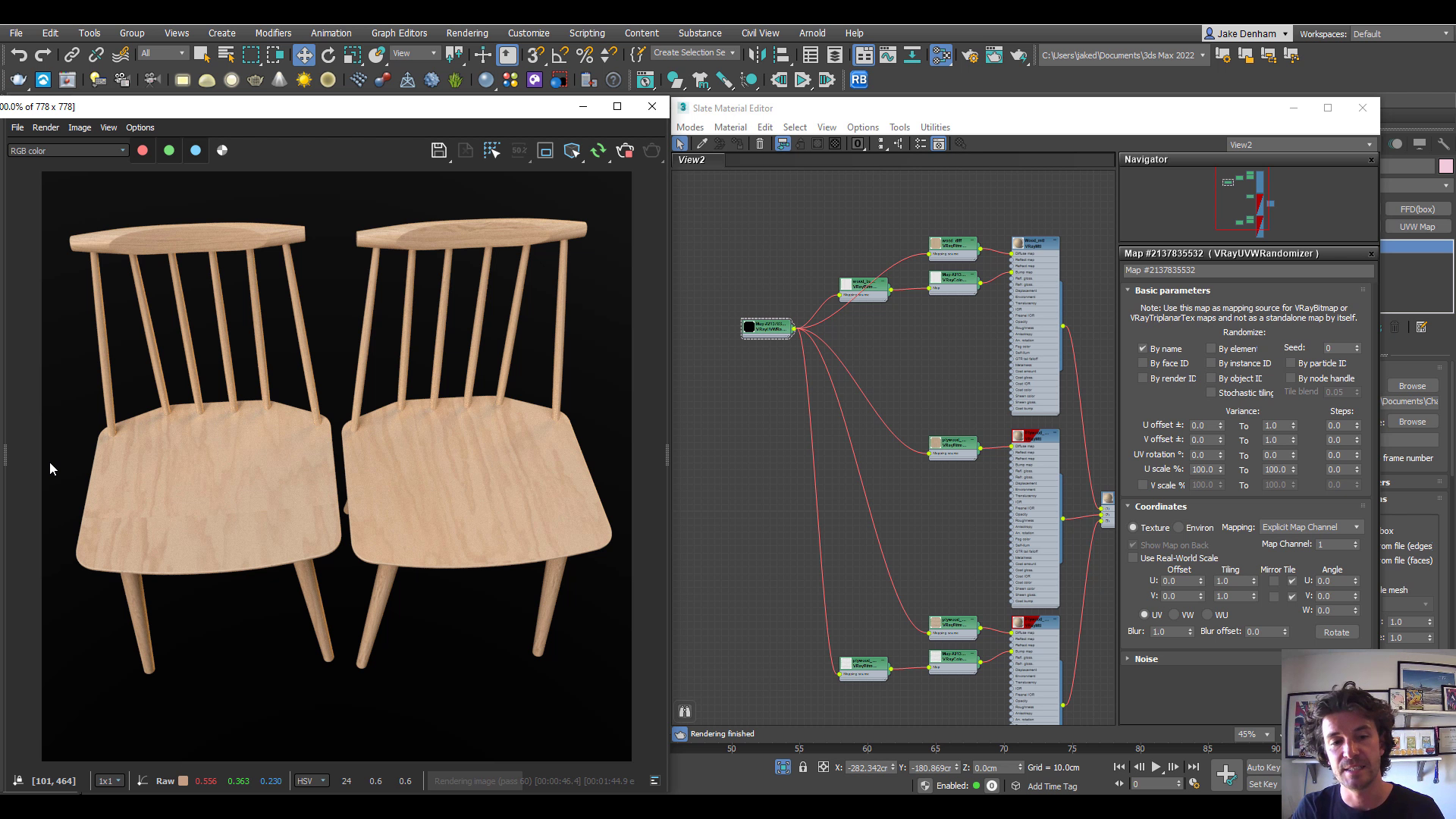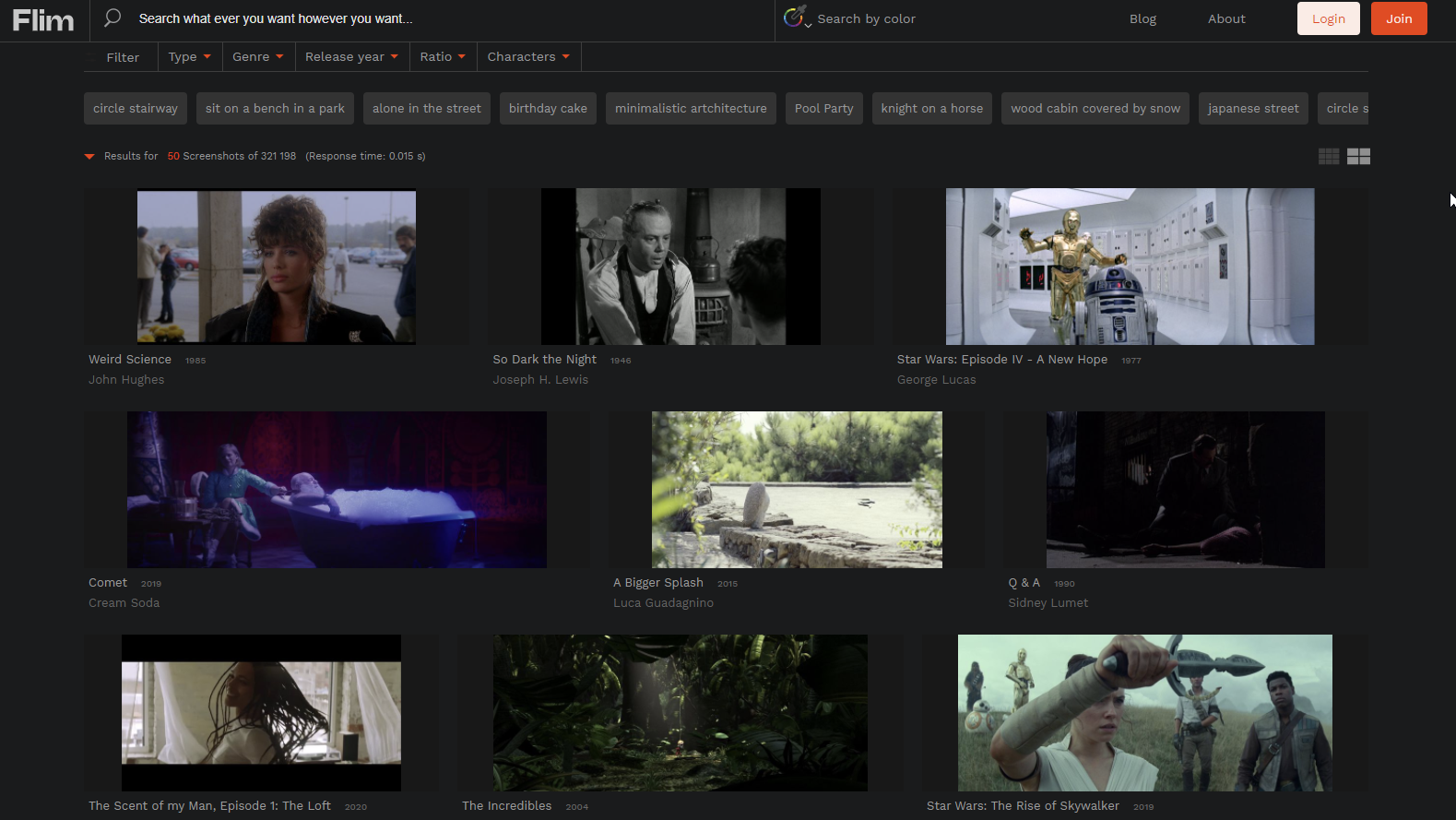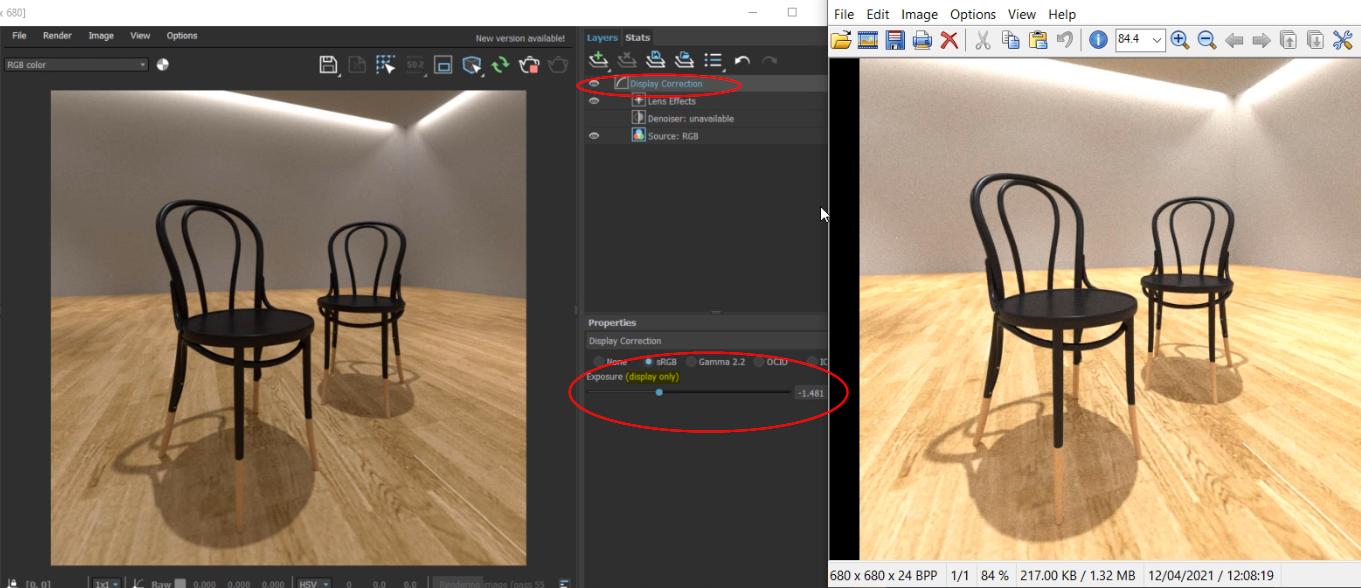Black Friday and Cyber Monday have become a great time to get 3D software, models, and courses. Mainly because everyone has a sale on!
If you have a new skill you want to learn, a model you want to buy, or some software to buy, now is the time to get involved.
Here are some of the best offers in one place!
Need a website? Squarespace is offering 10% off. You are reading this on a Squarespace site. Click Here to see the offer. (Use BLKFRI10)
Need Equipment? Here is all the stuff on my desk… Click Here.
Need Cloud Credits? Not using Chaos Cloud yet? You should, Click Here for free credits. ⭐ Chaos is also offering 20% off until 29th November using BF21 on checkout.
I am offering Every Course I have released in a special bundle. Click Here!
Need Photoshop, After Effects, or the whole Creative Cloud!? Adobe is offering between 39% to 70% off for the year! Click Here.
Need Forest Pack or Rail Clone? iToo have you covered with discounts on all software. Click Here.
BBB3viz is selling his incredible models with a 40% discount. Click Here.
Turbosquid has up to 50% off on selected 3d models. Click Here.
🙋♂️ Please note I will earn some referral commission on some links at no cost to you.

















































